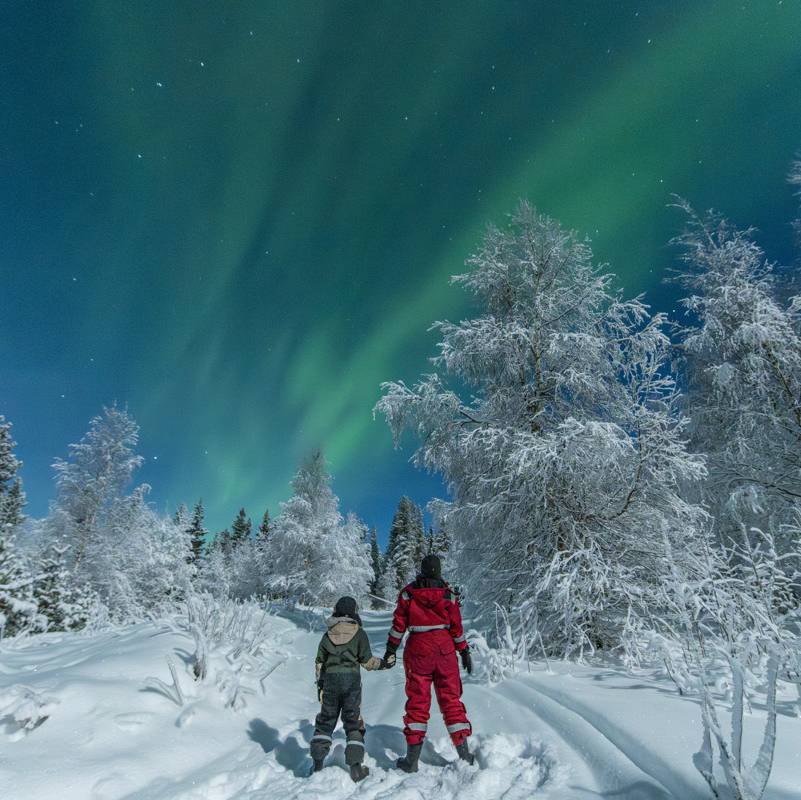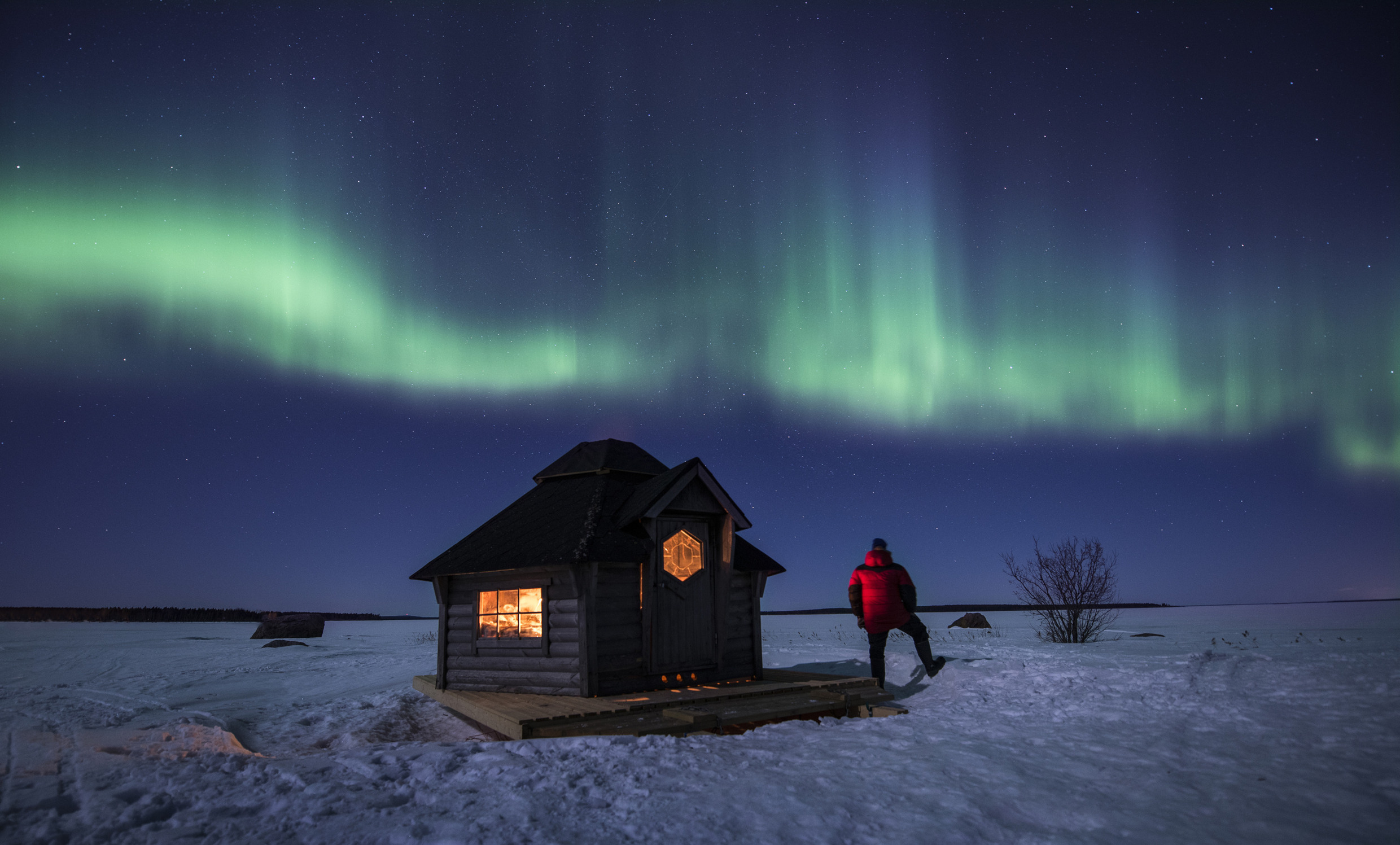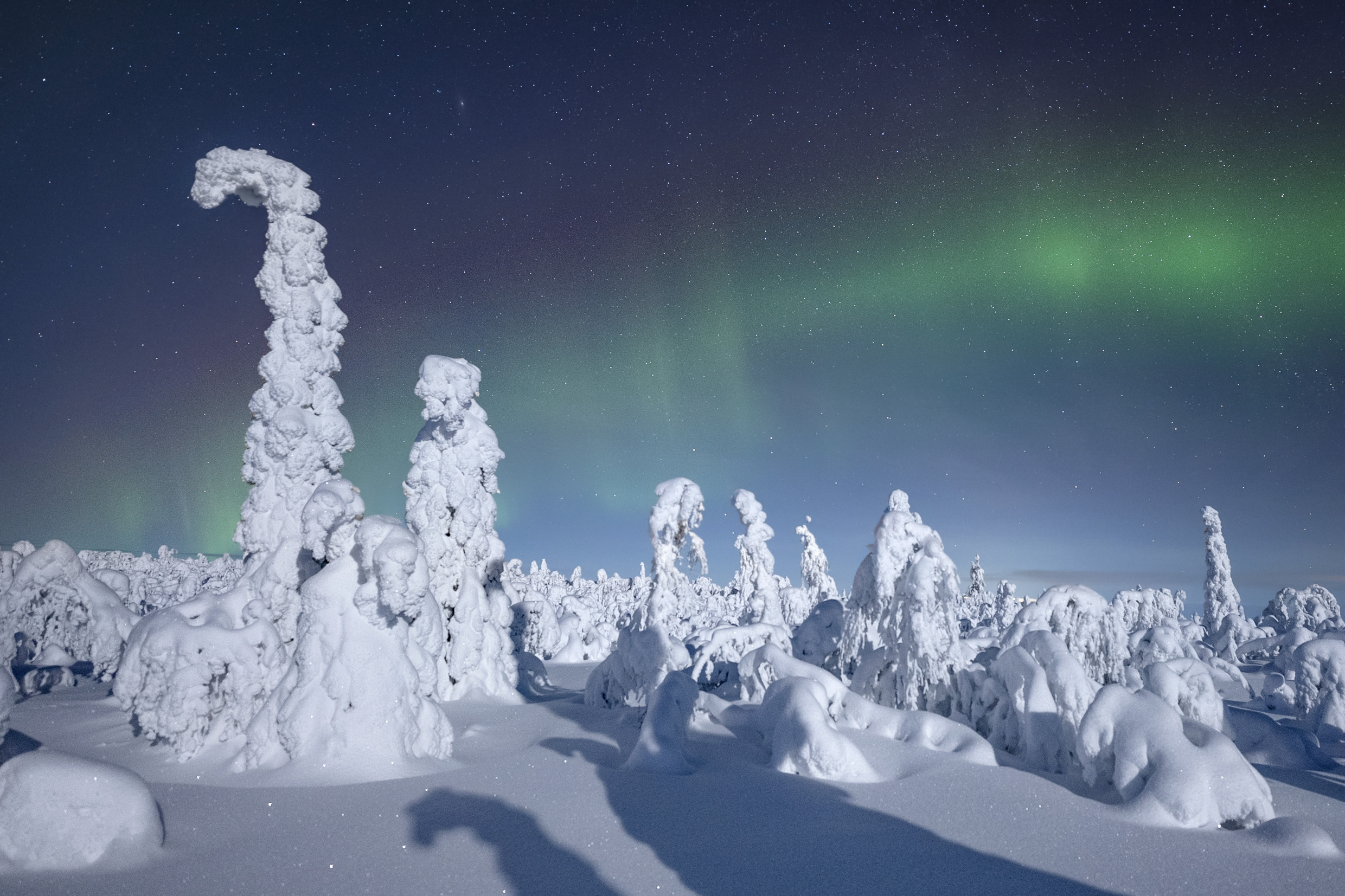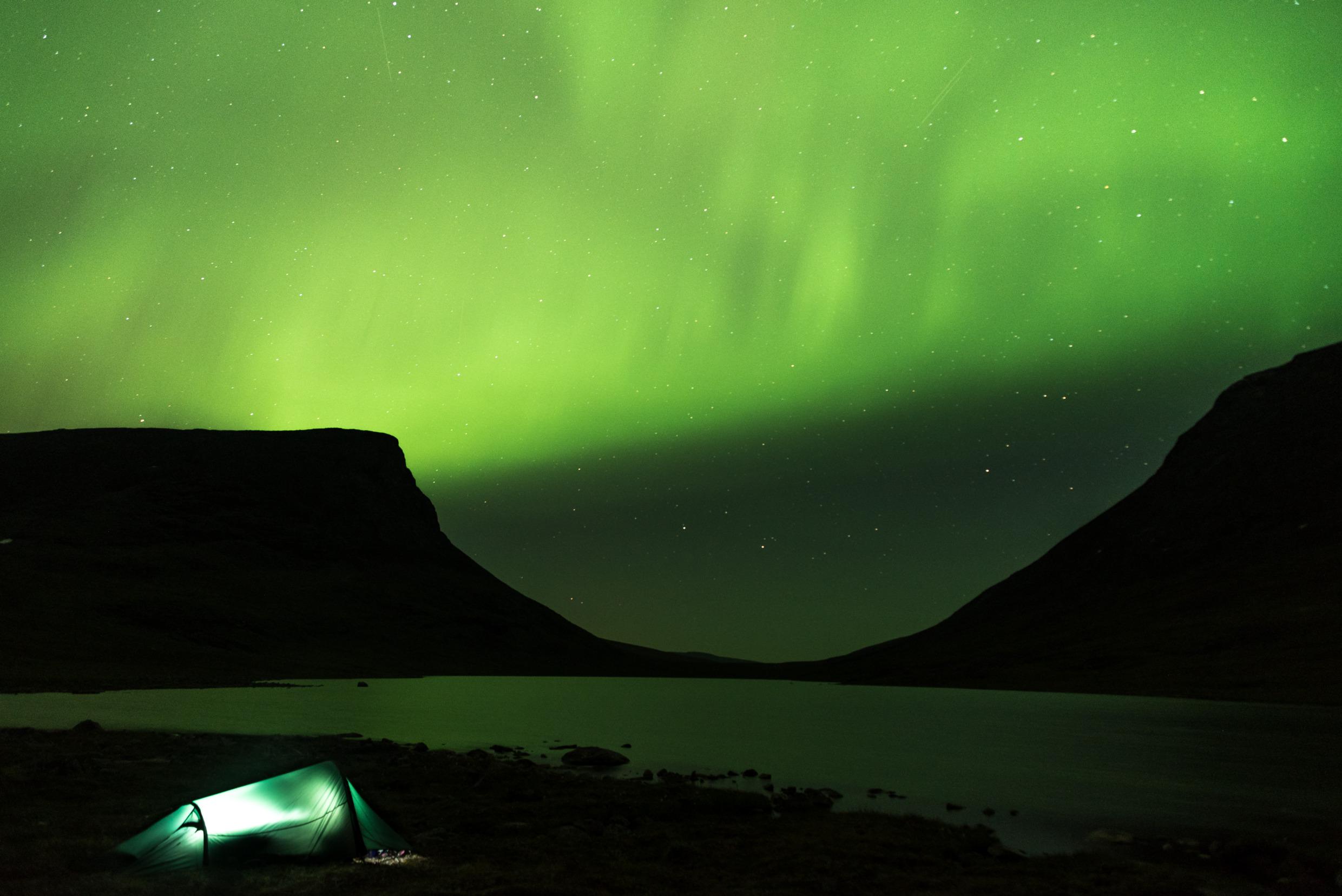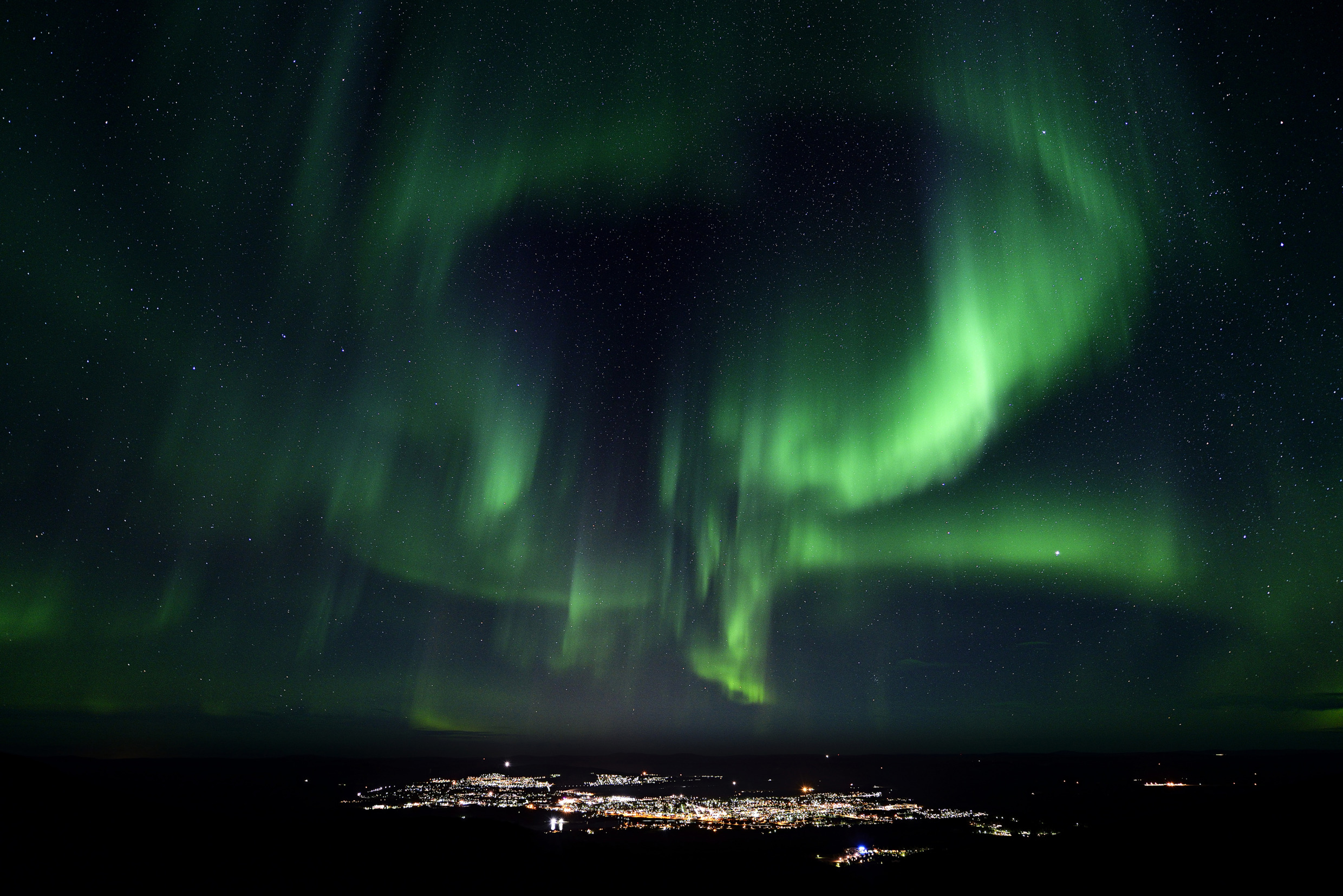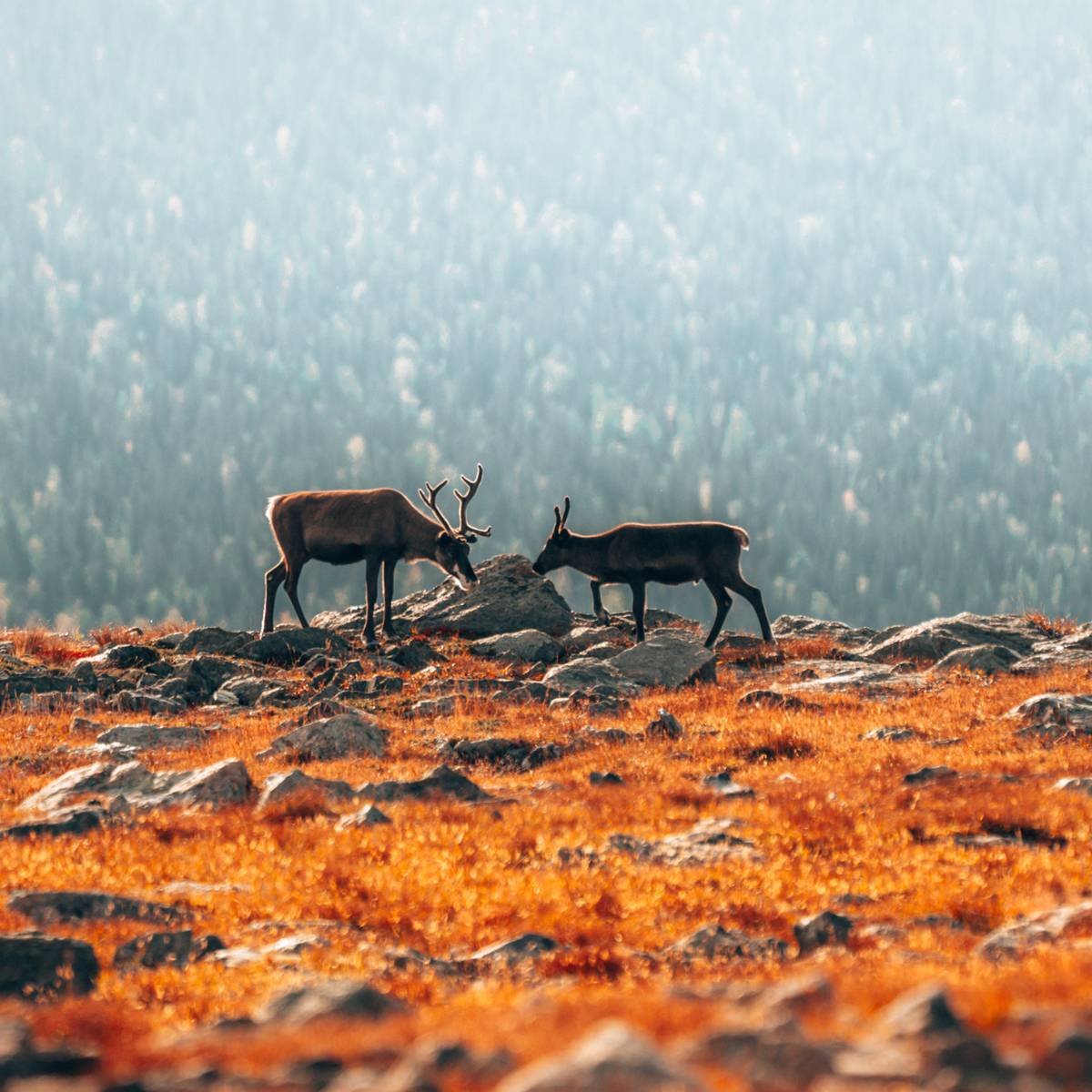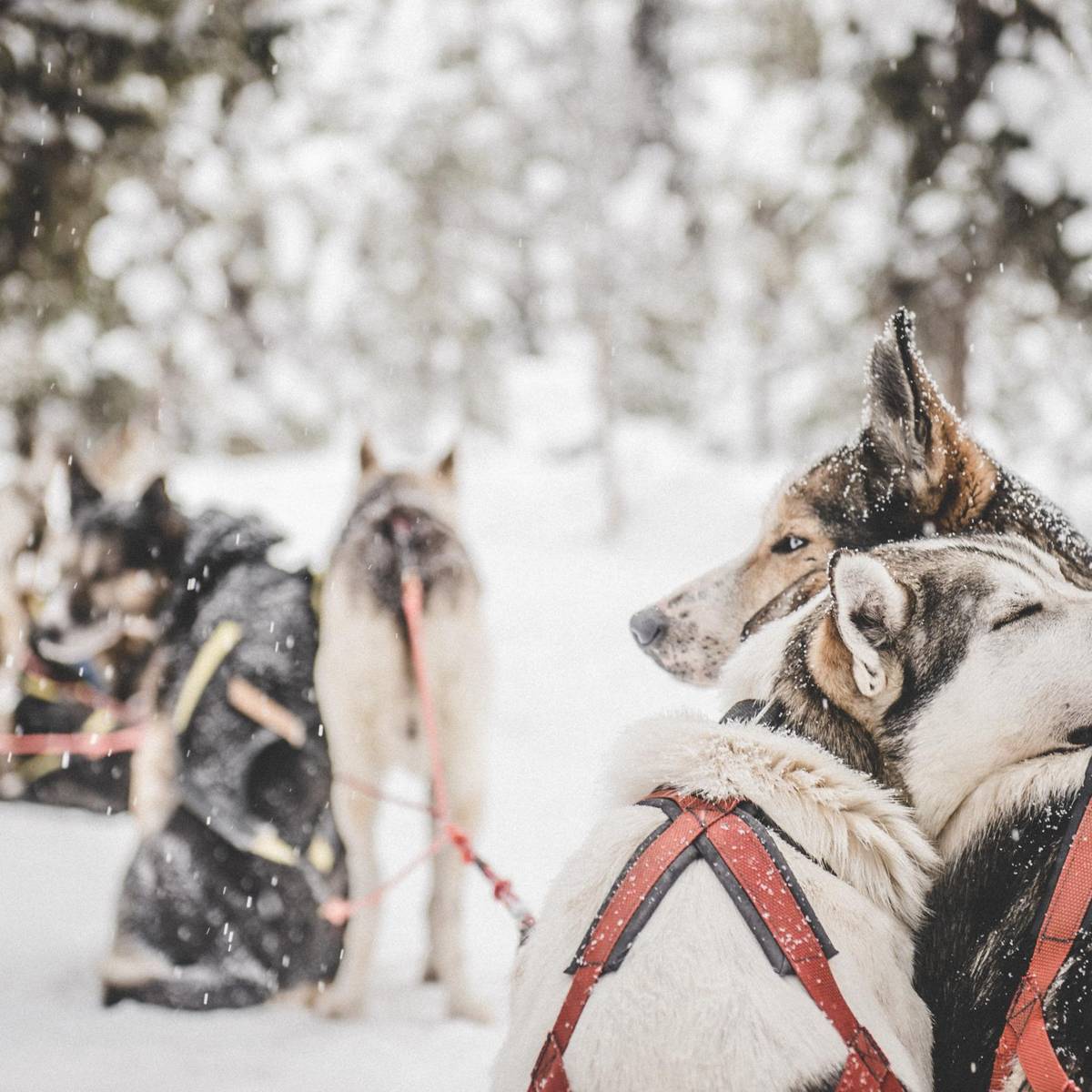The Northern Lights, or aurora borealis, first appear in and around Kiruna in early September. As autumn darkens into winter, streaks of green, pink and purple begin to dance across the sky. By January, when winter is at its peak, the Northern Lights can often be seen throughout Swedish Lapland – a vast region covering nearly a quarter of the country. The season typically ends in late March, although sightings may sometimes continue into early April.
The long, dark winter nights attract visitors from around the world, hoping to witness this mesmerising natural display. On clear evenings, the best time to see the Northern Lights in Sweden is between 6 pm and 2 am, with the most intense activity typically occurring around 10 pm to 11 pm.
While northern Sweden, in general, and Abisko, in particular, offer the most reliable conditions, the Northern Lights can occasionally be seen across the country, even as far south as Skåne under optimal conditions.
And if you're planning a trip this winter, you're in luck – the Sun is currently nearing the peak of its 11-year solar cycle, a phase that increases the chances of seeing the Northern Lights more frequently and more vividly across Sweden.
